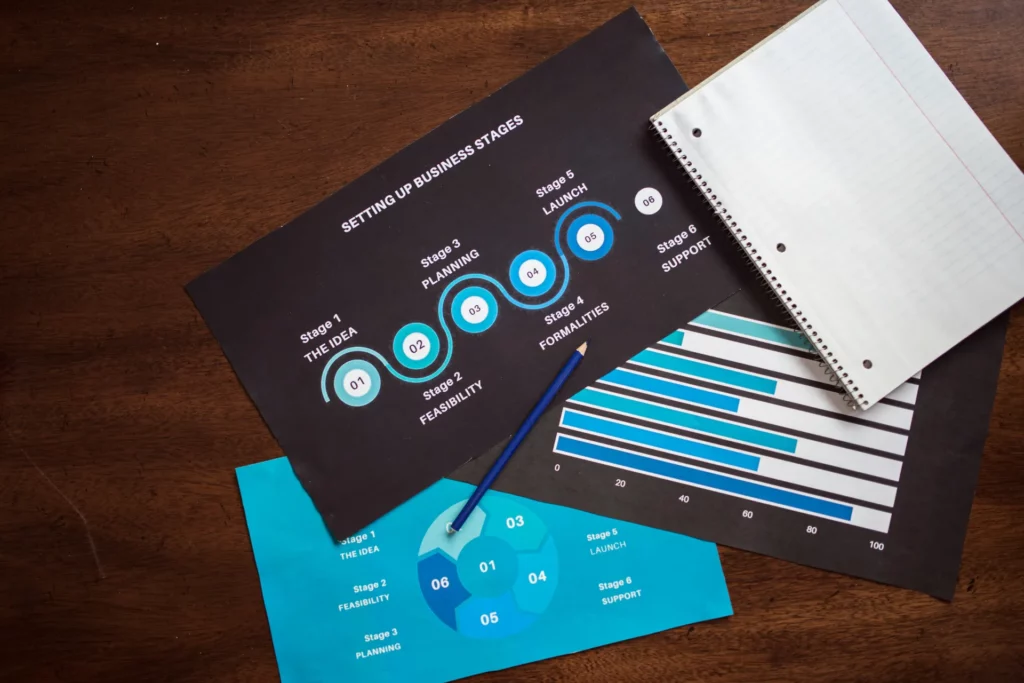Developing a SaaS product is an exciting but complex adventure. Despite technological advances and numerous available tools, SaaS companies often face obstacles that can jeopardize the success of their SaaS product. These common mistakes, if not anticipated, impact not only performance but also user adoption. Discover the most frequent mistakes to avoid when developing a SaaS, as well as best practices to secure, automate, and optimize your SaaS solution. By identifying these pitfalls, you can streamline processes, meet deadlines, and ensure user satisfaction throughout the updates and evolution of your SaaS application.

Understanding the SaaS model and its impact
The SaaS model today represents a major part of the software market. SaaS companies must grasp the specifics of this model to successfully develop a SaaS product that meets market and user expectations. SaaS relies on delivering a solution accessible via SaaS platforms, allowing remote access and centralized management. Its design must align with customer needs, as user adoption will determine long-term success.
SaaS can offer considerable advantages, including cost reduction for clients, access to frequent updates, and the ability to automate complex processes. However, this model heavily depends on interactions between users and systems, often role-based. Therefore, it is essential to ensure fine access management and secure sensitive data. Development teams must also consider microservices and systems that form the technical backbone of the solution while anticipating potential vulnerabilities.
Understanding these challenges from the early stages of SaaS development helps avoid mistakes made by SaaS companies, streamline processes, and create a stable, scalable, and secure SaaS product.
Failing to identify user needs from the early stages
One of the most common mistakes in SaaS development is failing to identify user needs early on. Companies must discover user needs and how users interact with the SaaS application. This lack of alignment with expectations can lead to quick disengagement and limit user adoption.
To build a relevant SaaS product, it is necessary to involve prospects and customers in the feature definition process. Identifying client needs and security requirements is essential to prioritize development and plan updates. Testing must also be based on real usage scenarios to avoid common mistakes that arise when solutions are developed in isolation.
Companies should implement agile methodologies to adjust features progressively and effectively respond to evolving needs. This process reduces product rejection risks and improves overall satisfaction.
Neglecting vulnerabilities and security requirements
Security is a major concern in SaaS development. Neglecting potential vulnerabilities, whether related to external access, APIs, or sensitive data, is a common mistake that can be costly in terms of reputation and compliance.
SaaS companies must apply best security practices, such as role-based access control, encryption of sensitive information, and continuous monitoring of vulnerabilities before exploitation. These measures help minimize risks and ensure user trust.
Potential vulnerabilities are often discovered late, complicating resolution and possibly slowing updates. Development teams should therefore integrate regular audits and automate security tests to quickly identify flaws.
Moreover, companies must comply with regulatory requirements, especially regarding personal data protection, to maintain their market position.
Poorly managing updates and product evolution
Updates play a crucial role in the sustainability and competitiveness of a SaaS product. Yet, poor update management is a frequent mistake that can reduce performance and user satisfaction.
Updates must be efficiently planned, considering user needs and technical constraints. Automating deployment processes reduces delays and human errors while ensuring service continuity.
Companies must streamline update teams and avoid prolonged interruptions that could negatively affect user experience. Rigorous performance monitoring after each update is also essential to quickly detect anomalies.
By adopting these best practices, SaaS companies minimize risks related to product evolution while offering innovative features.
Underestimating the importance of testing and quality
Testing is at the heart of SaaS product quality. The most common errors in development often stem from poor test management, whether manual or automated.
Development teams must integrate testing from the early stages, covering critical features, integrations, and workflows. Automated tests are particularly useful to ensure repeatability and speed of checks.
Ignoring the importance of testing leads to avoidable mistakes, frequent bugs, and user dissatisfaction. SaaS product quality directly depends on the rigor of validation processes.
Furthermore, tests must align with user requirements and anticipate real use cases to guarantee the robustness of the SaaS application.
Failing to automate processes and streamline teams
Automating processes is an important lever to improve development team efficiency and reduce costs. SaaS companies that omit this step often suffer delays and work overload.
Automating repetitive tasks, centralizing data management, and using appropriate tools optimize deadlines and reduce human errors. Streamlining teams by clearly assigning roles also contributes to better coordination and rigorous project monitoring.
Companies can thus better manage updates, testing, and integrations while ensuring smooth communication between members.

Ignoring integration and API management
Integrations with other services and the use of APIs are at the core of modern SaaS operation. Ignoring this dimension can lead to frequent errors such as incompatibilities or security breaches.
Companies must define integration needs from the design phase and ensure that APIs used are secure and stable. Managing access and data flows between external systems and SaaS platforms is essential to guarantee service continuity.
Well-managed integrations provide a consistent user experience and facilitate SaaS product evolution.
The most common mistakes in SaaS development can jeopardize your SaaS product’s success and negatively impact users. Identifying user needs, anticipating potential vulnerabilities, effectively managing updates, and automating processes are all essential levers to minimize risks and optimize performance.
SaaS companies must apply best practices, integrate rigorous testing, and streamline development teams to reduce common errors to avoid. Effective management of these aspects not only reduces costs but also ensures smooth and secure user adoption.
To support you in this process and benefit from recognized expertise in SaaS development and project management, discover the Iterates platform. Iterates offers resources and qualified professionals to help you design, launch, and evolve your SaaS solution successfully.
